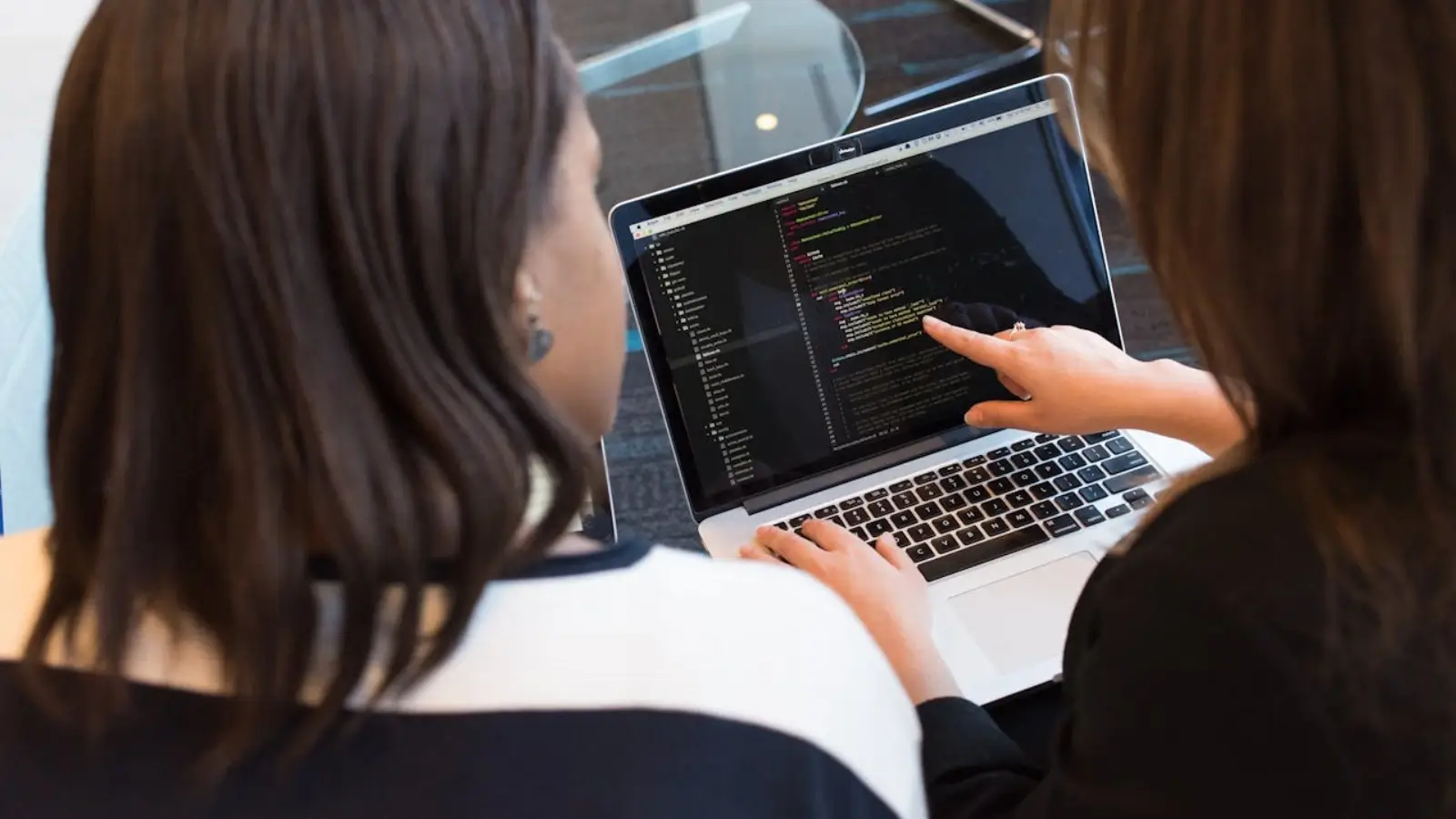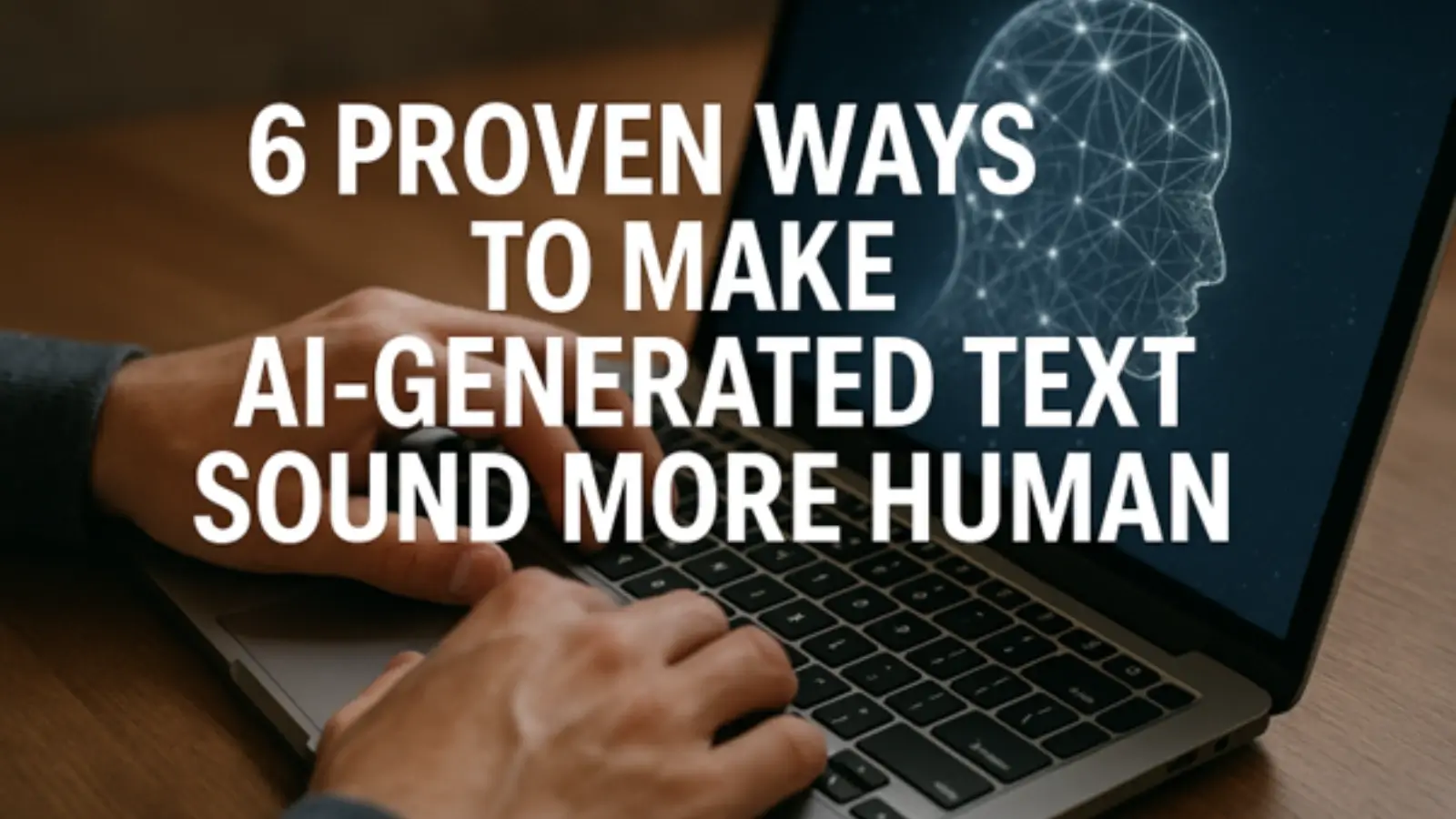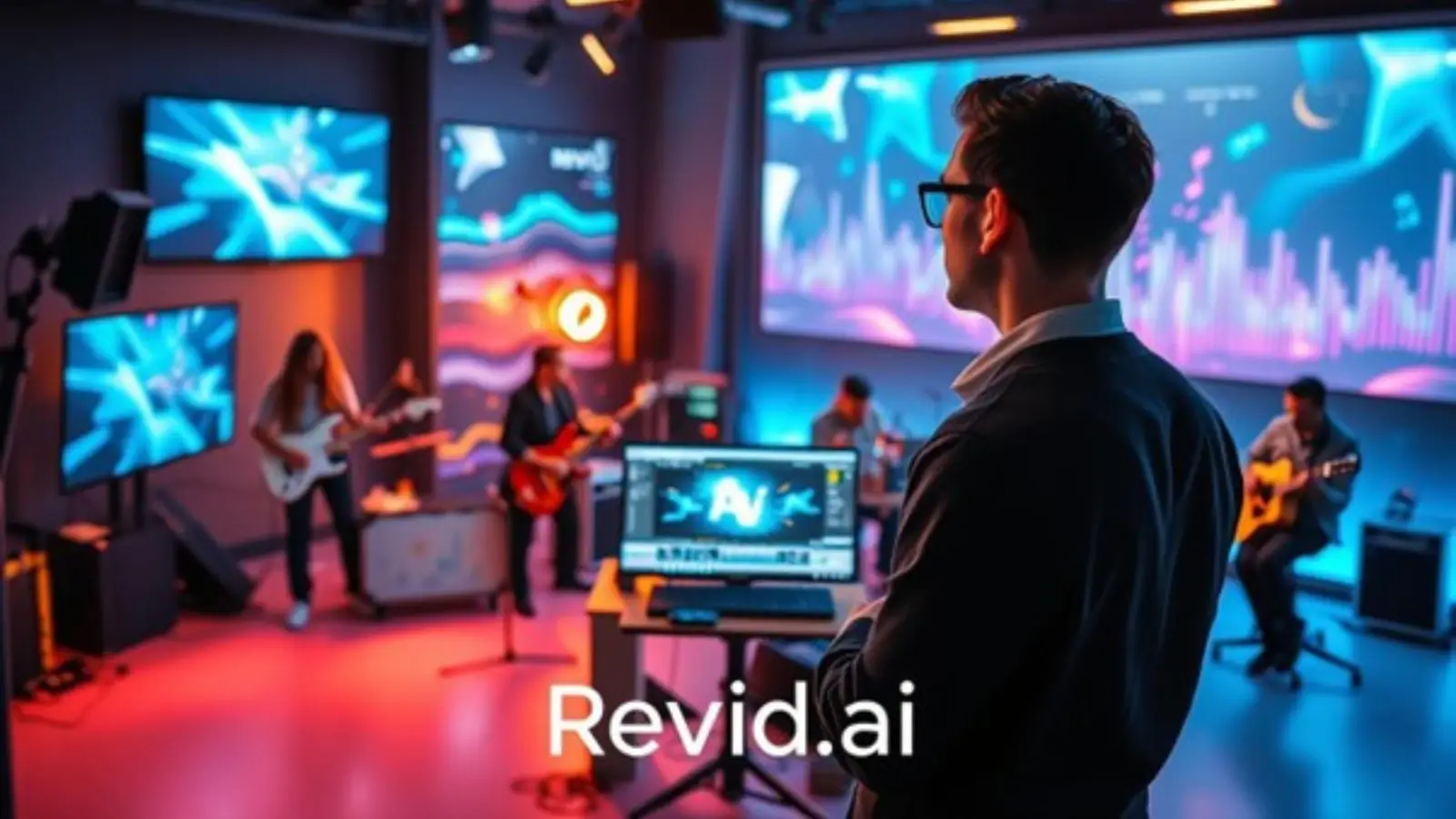You might not recognize the name Viggle AI, but you’ve probably encountered the viral memes it helped create. This Canadian AI startup is the force behind dozens of popular videos remixing rapper Lil Yachty’s energetic performance at a summer music festival. From swapping Lil Yachty with Joaquin Phoenix’s Joker to having Jesus hype up the crowd, Viggle AI’s technology has fueled a wave of creative, AI-generated content that’s taken the internet by storm.
At the heart of Viggle’s success is its groundbreaking 3D-video foundation model, JST-1, which the company claims has a “genuine understanding of physics.” According to Viggle’s CEO, Hang Chu, this model sets Viggle apart from other AI video tools by allowing users to specify the exact movements they want characters to perform. While other models might generate unrealistic or physics-defying animations, Viggle’s model is designed to ensure more natural, believable motion.
“We’re essentially building a new kind of graphics engine powered purely by neural networks,” Chu explained. “Unlike traditional video generators that focus on pixels without understanding the underlying physics, our model is different. It’s designed with an understanding of structure and physics, which makes it far more controllable and efficient.”
Creating a video with Viggle is straightforward: users can upload an original clip, like Lil Yachty dancing on stage, and an image of a character they want to animate, such as the Joker. The model then maps the character onto the motion from the original video. Alternatively, users can provide images and text prompts to guide the animation or even create animated characters from scratch using just text prompts.
While the memes have drawn plenty of attention, they represent only a small fraction of Viggle’s user base. Chu notes that the model is also widely used by filmmakers, animators, and video game designers as a powerful visualization tool. The technology isn’t perfect—videos can be shaky, and the characters’ faces may lack expression—but it has already proven invaluable for turning creative ideas into visual reality. Currently, Viggle’s model focuses on character creation, but Chu hopes to expand its capabilities to more complex videos in the future.
For those interested in trying out the technology, Viggle offers a free, limited version of its AI model through Discord and a web app. There’s also a $9.99 subscription that provides increased capacity, and the company offers special access to certain creators through a dedicated program. Viggle has caught the attention of larger players in the industry, with film and video game studios showing interest in licensing the technology, but it’s also gaining traction among independent creators.
Recently, Viggle announced that it had raised $19 million in a Series A funding round led by Andreessen Horowitz, with participation from Two Small Fish. This funding will help the startup scale its operations, accelerate product development, and expand its team. Viggle partners with cloud providers like Google Cloud to train and run its AI models, gaining access to powerful GPU and TPU clusters. However, the startup’s use of YouTube videos for training has sparked controversy.
In an interview, Chu confirmed that Viggle’s AI video models are trained on publicly available data, including YouTube videos—a practice that may conflict with YouTube’s terms of service. YouTube CEO Neal Mohan previously stated that using videos from the platform to train AI models without permission is a “clear violation” of the platform’s rules. Although Google has contracts with some creators for specific training datasets, unauthorized use of YouTube videos is not allowed.
Following the interview, a Viggle spokesperson clarified that the company is careful to comply with terms of service, avoiding unauthorized downloads and other violations. Despite these assurances, the use of YouTube content for AI training remains a gray area in the tech industry—a common practice that few companies openly discuss.
As Viggle continues to grow, it will need to navigate these challenges while pushing the boundaries of what AI-generated video can achieve. The startup’s technology has already made a significant impact, and with its recent funding, it’s poised to drive further innovation in the creative industries.

















